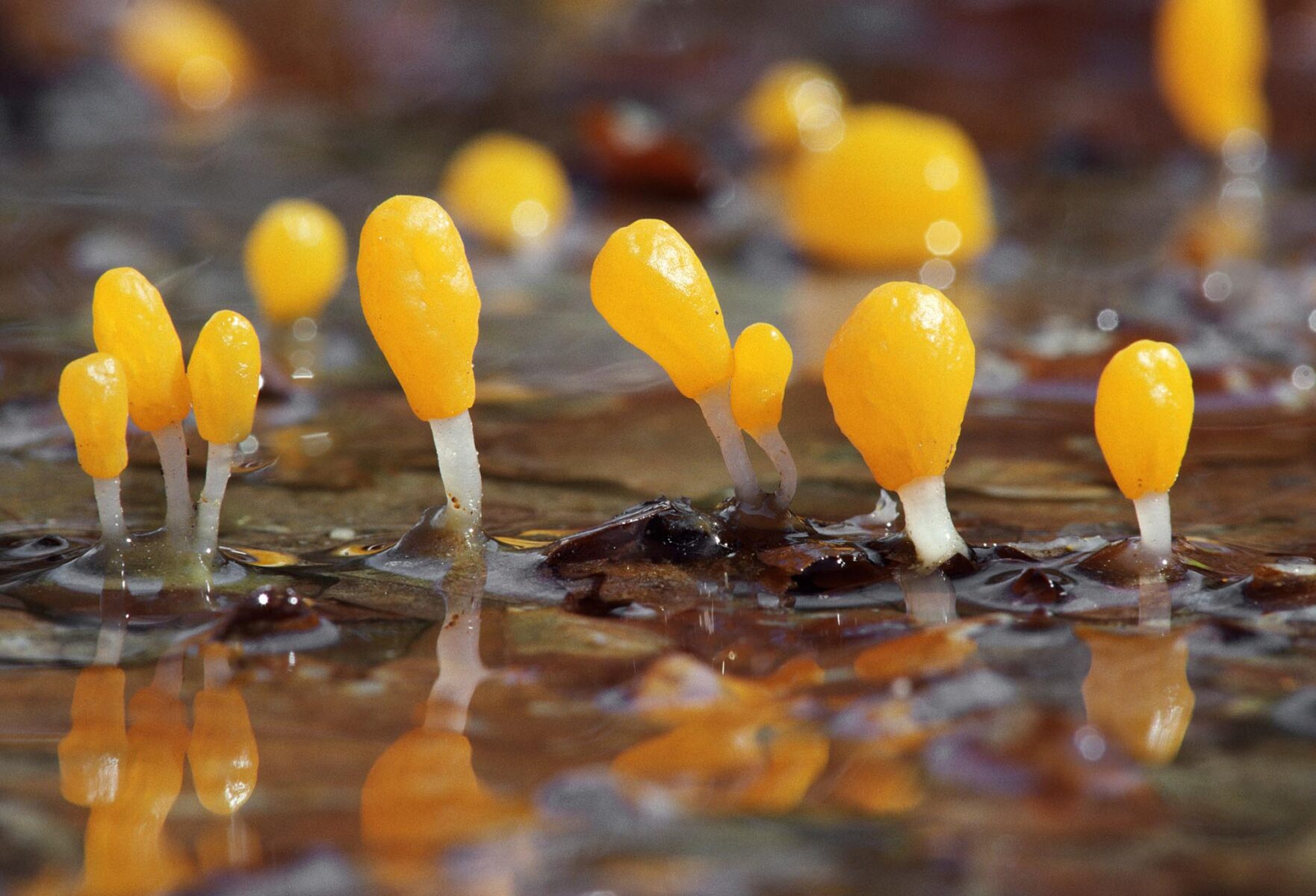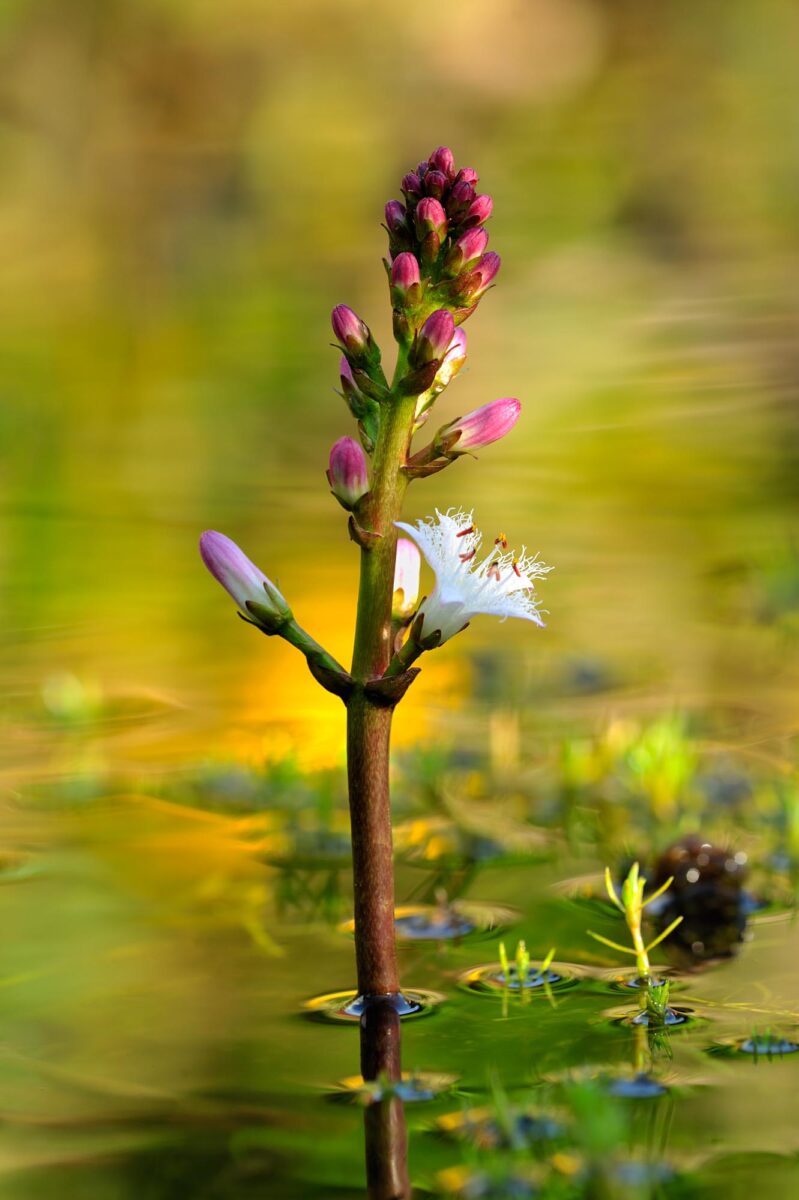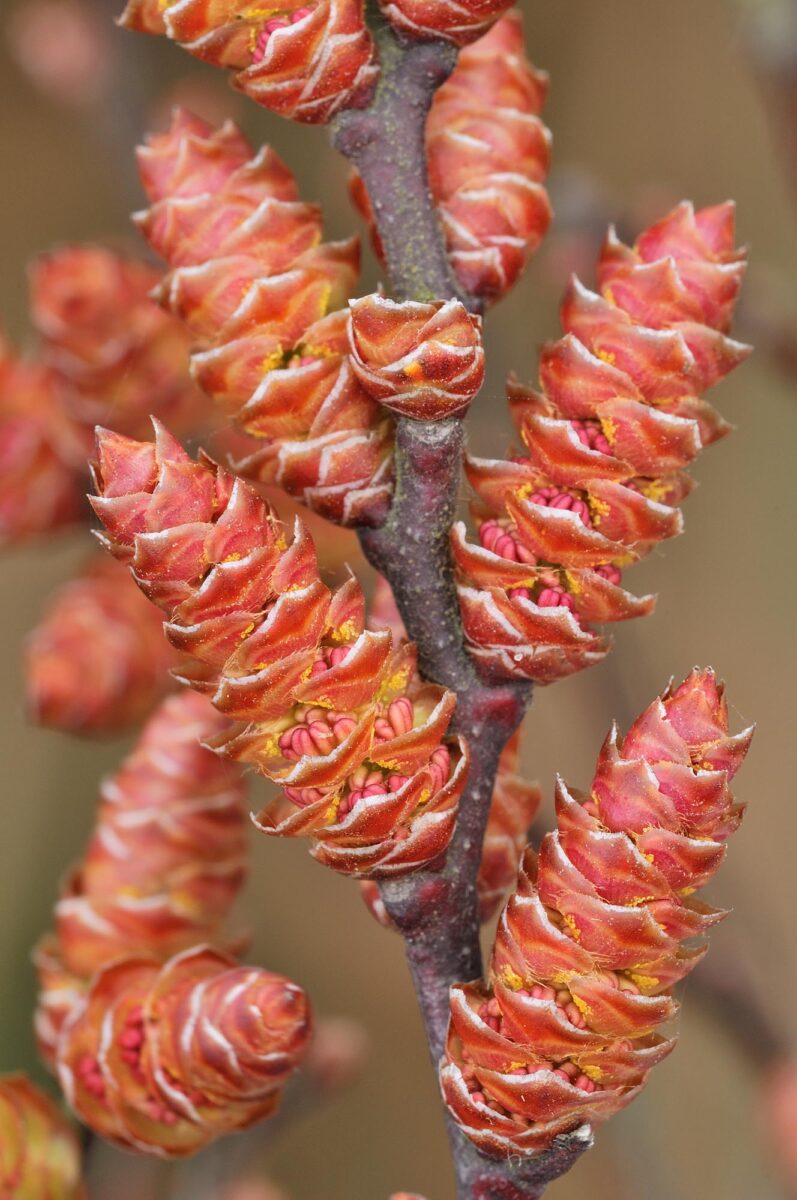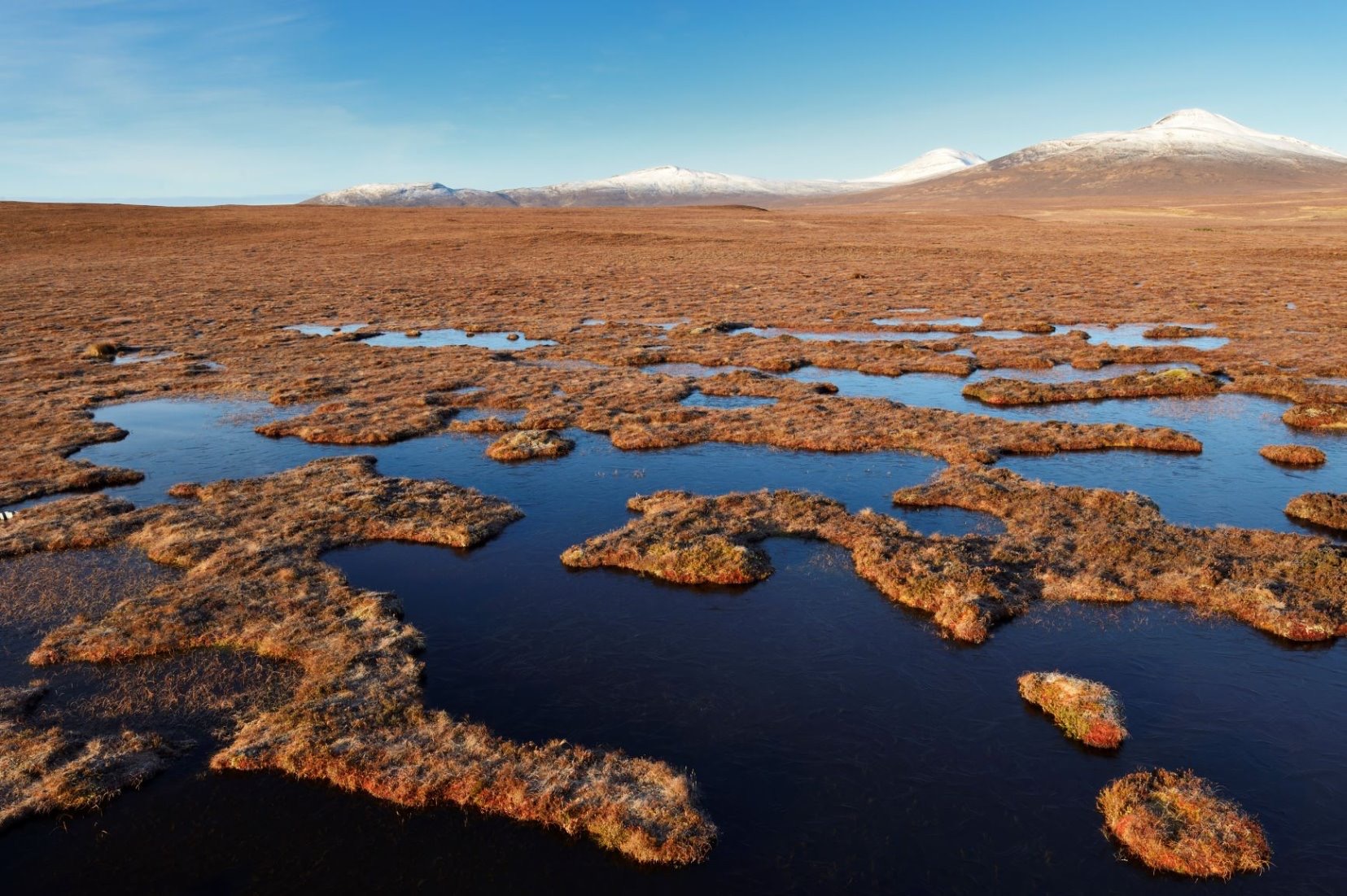Preparations are underway. The sacrifices have been made to the Bog Sprites. The Peat Hags have been complimented. The Sphagnum Gods have been honoured. That’s right — it could only be World Peatlands Day (2nd June). As if you needed reminding.
Here at Aigas, we take our peatlands seriously (well, mostly). Today is a chance not only to celebrate these mysterious, squelchy landscapes, but also to recognise their vital importance to our climate, biodiversity, and cultural heritage.
Why Peatlands Matter
Peatlands are among the most important ecosystems on the planet, and they don’t get nearly the attention they deserve. Despite covering just 2.84% of the Earth’s land surface, peatlands store more carbon than all the world’s forests combined. That’s right – moss beats maple when it comes to carbon storage.
But their importance doesn’t stop there. Peatlands provide a home for a wide array of rare and specialised wildlife. From insect-eating sundews to ground-nesting birds like golden plover and hen harrier, peatlands support species that can survive nowhere else.
They also regulate water flow, prevent flooding, filter drinking water, and preserve incredible archaeological artefacts in their oxygen-starved soils. In short: peatlands are unsung superheroes in our natural world.

What Is a Peatland?
Peatlands are formed in cool, wet environments where dead plant material — particularly mosses like sphagnum — decomposes very slowly. Over thousands of years, this builds up into thick, carbon-rich layers of peat.
Depending on the conditions, peatlands come in various forms:
- Blanket bogs – found in upland, high rainfall areas (like the Highlands!)
- Raised bogs – domed bogs often found in lowland basins
- Fens and mires – peatlands fed by groundwater or surface water
What they all have in common is saturated, acidic soils and unique, often eerie landscapes teeming with life.

Scotland: A Peatland Powerhouse
Scotland is home to some of the most extensive and ecologically significant peatlands in Europe, including the internationally important Flow Country. Over 20% of Europe’s peatland is found here — a natural legacy of our wet, cool climate and rugged terrain.
At Aigas, our own local peatlands are part of that story. They host a diversity of plants and animals that depend on these wetland habitats, from delicate bog asphodel to palmate newts, frogs and toads. We walk them, study them, and now and then – celebrate them.
Under Threat
But despite their importance, peatlands are under serious threat.
Over decades, many of Scotland’s peatlands have been damaged by drainage, burning, overgrazing, afforestation, and peat extraction. When peatlands are degraded, they begin to release carbon instead of storing it, turning from a climate solution into a climate problem.
In fact, damaged peatlands account for around 5% of global greenhouse gas emissions — a staggering figure for such a small percentage of land.

Restoring the Bog
The good news? Peatlands can be restored. Blocking drainage ditches, rewetting the soil, removing trees, and encouraging the return of sphagnum moss are all part of ongoing restoration efforts across Scotland.
Projects like Scotland’s Peatland ACTION and community-led initiatives are working hard to bring our peatlands back to life. Restored peatlands mean more carbon stored, more biodiversity protected, and more climate resilience built into our landscapes.
What Can You Do?
- Visit a peatland. Learn about them, walk them, marvel at them.
- Support peat-free gardening. Peat in compost often comes from damaged bogs.
- Advocate for peatland protection and restoration.
- Donate to the array of wonderful organisations working towards peatland restoration.
- Get involved in citizen science – report sightings of bog species, or volunteer with conservation groups.
So, on World Peatlands Day, join us in singing the praises of these muddy marvels. Praise be to the bogs, the hags, the mosses, and the mires. Long may they squelch.
Happy World Peatlands Day from all of us at Aigas!


